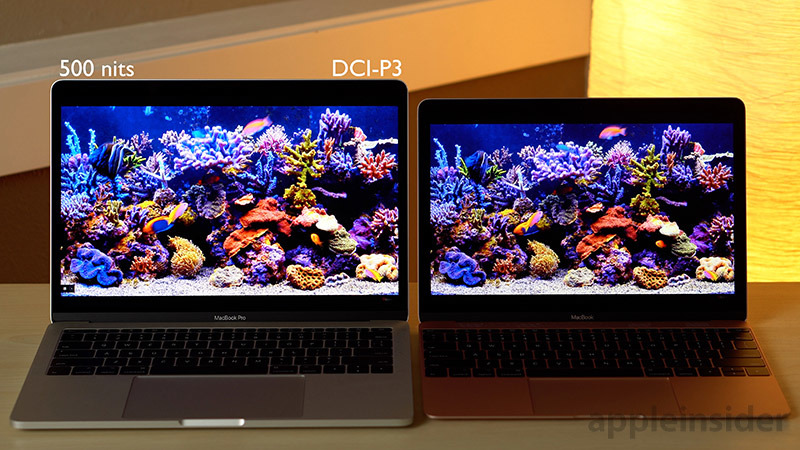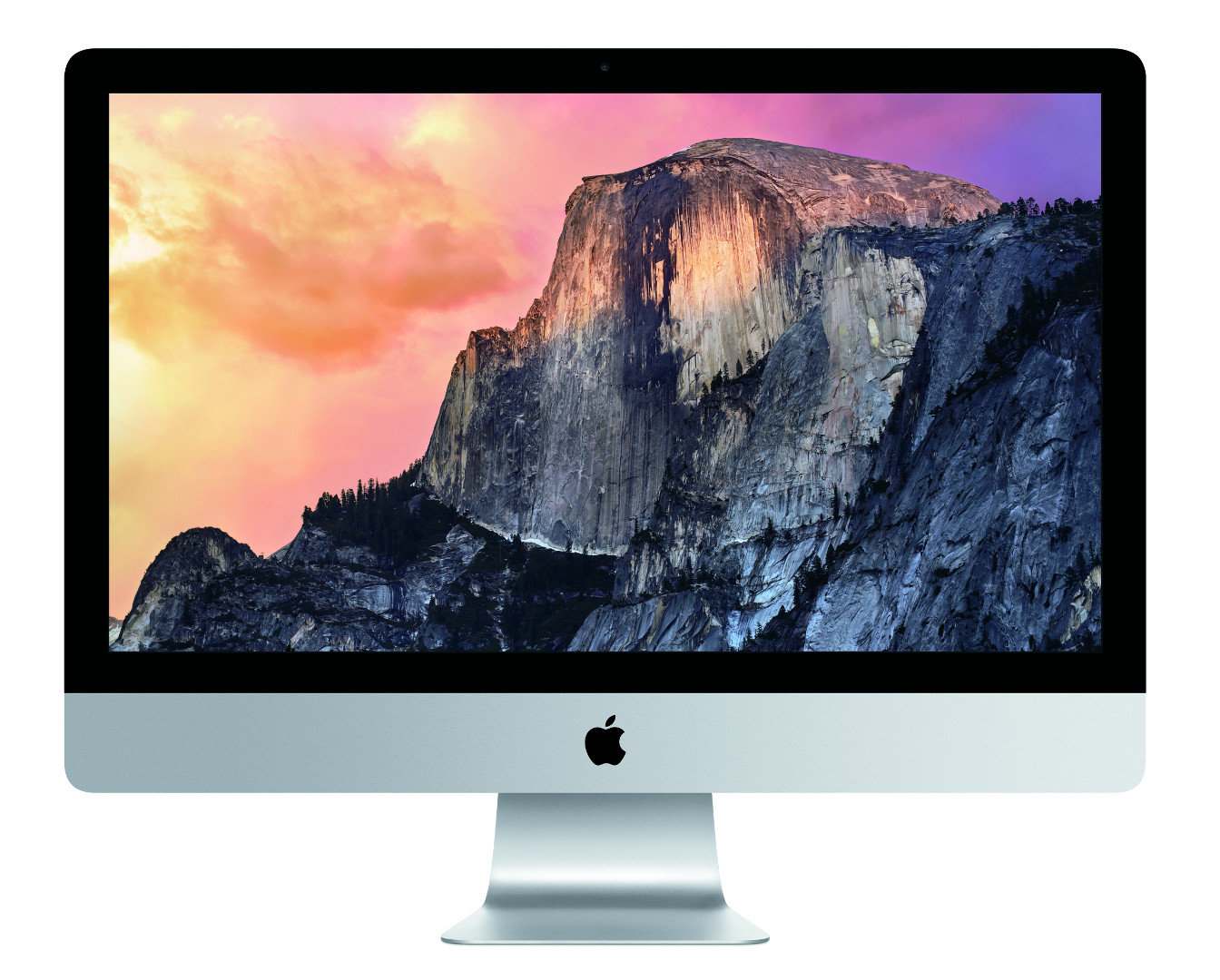Your Retina-capable Mac will default to using this Retina mode for its built-in monitor, but it will not do so for any external, third-party monitor. The good news is that a simple System. A Retina Mac is required to take 2x resolution screenshots. Do you just want to share a single 1x resolution image with your friends via Twitter? RetinaCapture makes taking one on a Retina Mac a snap.
Retina display is directly associated with the pixel density of Mac’s screen. Pixel density is what gives the screen its sharp quality. The Apple Retina display was introduced during the launch of iPhone 4 in June 2010. It was the first Apple product to had the Retina display.

Is a Retina display worth it? Not all of Apple’s MacBooks and iMacs have super-dense Retina displays, so how do you know which to choose? The Retina versions cost hundreds of dollars more than non-Retina versions, and some reviewers even say the MacBook Air is the perfect laptop — and it doesn’t even have a Retina display. If you’re not a graphics or media professional, where do you start to make a choice?
If you could see a Retina display on a MacBook Pro side-by-side next to a non-Retina MacBook Air, would seeing mean believing in Retina?
Yes and no. A sharper image and crisper text might seem a little prettier, but do you need pretty to get work done, mess around with social media, or stream movies? Not really. And yet, isn’t more usually better than less?
Figuring Out Whether Retina Is Worth the Money
Here’s how to figure out if you should error toward a MacBook Pro with Retina display or consider the new 27-inch iMac with Retina 5K display:
Will you use your MacBook or iMac for hours every day?

If you’re a heavy computing user, error toward the Retina display. Your eyes will appreciate the extra sharpness of the display — and the extra-crisp text. The investment will pay off.
In this situation, you’ll need to choose between the 13-inch MacBook Pro with Retina display or go big with the 15-inch MacBook Pro with Retina display — or go huge and get a 27-inch iMac with Retina 5K display.
If your usage is more casual, your choice shouldn’t rely on just a Retina screen — your choice should actually shift away from the Retina display and get into form-factor and computing power instead.
Which MacBook?
A typical MacBook choice comes down to three options:
- 13-inch MacBook Pro with Retina display
- 13-inch MacBook Air
- 13-inch Non-Retina MacBook Pro
In my mind, the 13-inch MacBook Pro with Retina handily beats the 13-inch MacBook Air, but not just because it has the sharper display. Why? It’s almost as light and portable, but it comes with something that will become more valuable as time goes on: 8GB of memory vs the 4GB of memory that ships with the MacBook Air. For most people who browse the web, do email, and create documents, this won’t matter at all. If you spend a lot of time with photos, videos, and want to do more serious video editing — not to mention play games — you will appreciate 8GB (and the faster processor that fits under the hood).
As for the 11-inch MacBook Air, choose it if you value the lower cost and extreme portability.
The non-Retina MacBook Pro, by the way, is a dark horse option: It is heavier, includes a DVD SuperDrive, and it has an older, slower hard drive. It is, however, massively upgradable. You can easily add more memory (which you can’t do on a MacBook Air or MacBook Pro with Retina) and you can easily upgrade later to a super-fast and large flash-based SSD drive. Plus, if you typically use your laptop at a desk for serious work, you can connect your MacBook Pro to an external monitor to get a larger and potentially sharper viewing experience.
The non-Retina MacBook Pro is a good compromise for families that share one Mac and have a lot of photos and videos they all store on it, either as one general user — or as their own users logging in separately. In this situation, the available space on its 500GB traditional hard drive is important.
How to Choose an iMac
While the regular iMacs boast gorgeous displays, they just don’t have the pixel density of the stunning 5K Retina version. If you want the 21.5-inch iMac size, which is 1920 x 1080 in resolution, there is no Retina option, so forge ahead.
If you’re thinking about the huge 27-inch iMac, the natural, effective working “space” is essentially the same between 27-inch iMacs: The non-Retina iMac has a resolution of 2560 x 1440 . . . and while the Retina version has 5120 x 2880 pixels, those pixels are combined in a more nuanced way to render essentially the same visual size of workspace. So, for most tasks, you don’t actually get more working space on the Retina iMac . . . unless you use an application that needs all those pixels, in which case you could utilize them via the app. When does this matter? For most people, only if they want to edit a huge 4K video file, which means you can see every pixel on the iMac’s screen. That’s overkill for most people, especially if they don’t have 4K TVs or they’re just producing YouTube video clips that will rarely, if ever, be viewed at a 4K resolution.
In a few years, yes, more people will be producing higher resolution video. But does it matter right now or next year? Not unless you’re seriously into video.
As for photos, if you’re into photography, all those pixels will make your 16 megapixel photos look glorious. And if you’re into editing, you’ll be able to do it with improved accuracy over less capable monitors.
Will a Retina iMac help you write a better paper? Not really. Produce a more accurate spreadsheet? No way. But the overall color, brightness, anti-glare coating, and clarity of the display — even when viewed from angles — will be noticeably improved.
So is it worth it?
The answer really comes down to two things: 1) your budget, and 2) how much time you’ll spend in front of your screen.
If you can’t afford it the $2,499 price of entry, wistfully shake your head and tell yourself you’ll be able to buy the new and improved version in a couple of years. As for the second factor — screen time — if you’re going to spend a lot of time doing meaningful work or lots of play on your iMac, splurge on the Retina version. Your eyes will appreciate it and the sense of perfection might actually inspire you to work better, faster, or longer, ultimately helping you to recoup your investment over two years or so.
The same questions and answers go for the MacBook Pro with Retina vs the MacBook Air: If you can afford it, go Retina. If Retina strains your budget but you will do serious work on your Mac, try to find a way to go Retina. For casual Mac users? The difference is like choosing to drive a Camaro vs a Corvette — either way, you’ll still be driving a sweet ride.
Check Out Prices and Options at Amazon:
The pixel density of Retina displays is so high that your eyes can't detect individual pixels at a normal viewing distance. This gives content incredible detail and dramatically improves your viewing experience.
Mac computers that have a Retina display
MacBook Pro models:
- 16-inch MacBook Pro models introduced in 2019. Native resolution: 3072 x 1920 at 226 pixels per inch. Support for millions of colors.
- 15-inch MacBook Pro models introduced in 2012 or later, except the MacBook Pro (15-inch, Mid 2012). Native resolution: 2880 x 1800 at 220 pixels per inch. Support for millions of colors.
- 13-inch MacBook Pro models introduced in late 2012 or later. Native resolution: 2560 x 1600 at 227 pixels per inch. Support for millions of colors.
MacBook Air models introduced in 2018 or later. Native resolution: 2560 x 1600 at 227 pixels per inch. Support for millions of colors.
MacBook models introduced in 2015 or later. Native resolution: 2304 x 1440 at 226 pixels per inch. Support for millions of colors.
iMac models:
- 27-inch iMac models introduced in 2014 or later. Native resolution: 5120 x 2880. Models introduced in 2014 and 2015 support millions of colors, and models introduced in 2017 or later support one billion colors.
- 21.5-inch iMac models introduced in 2015 or later, except the iMac (21.5-inch, 2017) and iMac (21.5-inch, Late 2015). Native resolution: 4096 x 2304. The Retina model introduced in 2015 supports millions of colors, and models introduced in 2017 or later support one billion colors.
All iMac Pro models. Native resolution: 5120 x 2880. Support for one billion colors.
Changing the resolution of your display

Your Mac automatically chooses a default resolution that is optimal for your display. To change the resolution:
- Choose Apple menu > System Preferences.
- Click Displays.
- Select Scaled, then select any of the four or five scaled resolutions, depending on your Mac model. With scaled resolutions, text and objects can appear larger and more visible, or smaller to provide more space for windows and apps.
If you're also using an external display
What Is Macbook Pro Retina
If you're using an external display to extend your desktop, you can choose a preferred resolution for each display. To see additional resolutions for the external display, press and hold the Option key while selecting the Scaled button.
Retin A For Mature Skin
If you're using an external display to mirror your built-in display, your Mac optimizes for whichever display is selected in the ”Optimize for” pop-up menu. Allow your Mac to choose the best resolution for that display, or select Scaled and choose a different resolution.
When mirroring your displays, you can optimize for the external display instead of your built-in display
Using apps with a Retina display
If an app looks different than you expect on your Retina display or high-resolution external display, try opening the app in low-resolution mode:
- Quit the app.
- Open the Applications folder.
- Click the app once to select it, then choose Get Info from the File menu.
- From the Get Info window that opens, select the checkbox labeled ”Open in Low Resolution.”
- Close the Get Info window and open the app again.
Some apps that work best in low-resolution mode or that work only in low-resolution mode will have this mode already turned on, and in that case you might not be able to turn it off. The app developer might offer an update that includes support for the Retina display.
Using Boot Camp and Windows with a Retina display
Macbook Retina
- Boot Camp supports resolutions up to 3840 x 2160.
- When your Mac is using the Apple-supplied Windows Support Software, Windows starts up with the maximum dpi (pixels) it supports, which is 144 dpi, or 150-percent magnification. As a result, items on the display appear small, with a lot of space. You can use the Windows Display control panel item to adjust this setting in Windows.
